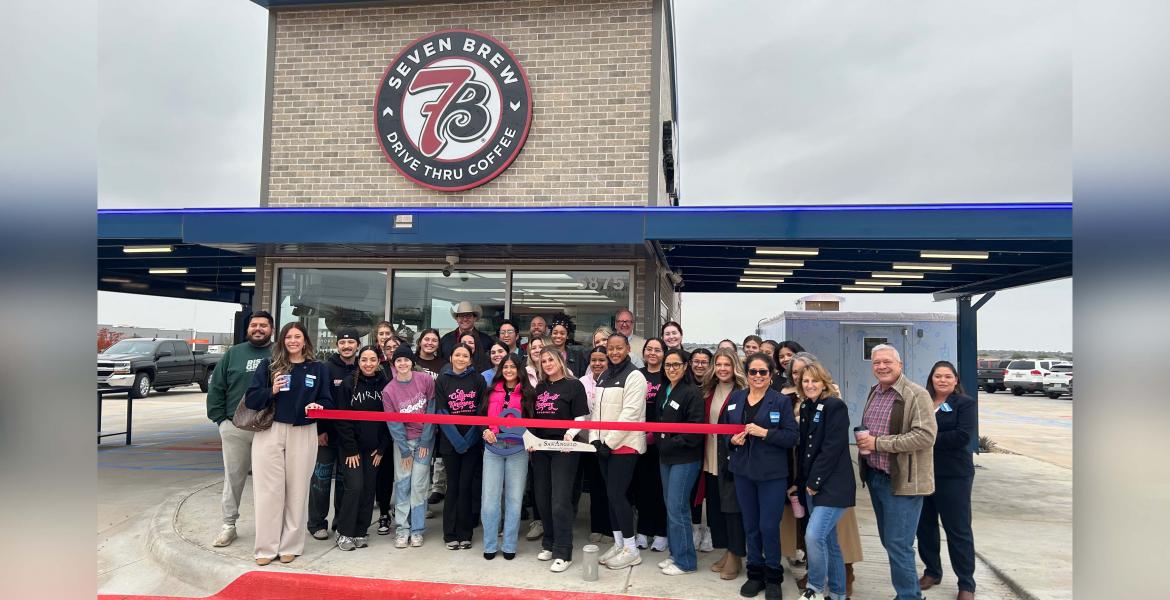Laundry day is universally dreaded by all, both past and present, even though the activity has evolved since the industrial revolution. Despite changes in technology and labor saving devices, the activity of ironing today reflects a time when the irons were actually made of their namesake.
“Laundry was not that simple of an affair in the 1800s,” explained Bob Bluthardt, Site Manager of Fort Concho. “It was labor intensive and it took all day.”
He mentioned that in the modern time, with electricity and permanent press materials, a week’s worth of worn clothing only takes an hour or so of actual labor.
“When you and I go do our laundry, we take it in a basket, put in the machine, put in our soap, turn it on, and walk away,” Bluthardt described a modern laundry day. “Not for them. They had to build a fire out of wood they chopped, to boil water they had to go get.”
That doesn’t even cover the actual labor of hand washing the material, and of course everything had to be ironed. Most clothing was made out of cotton and wool, therefore it needed ironing to not look like a grain sack, although Bluthardt laughed and mentioned a lot of clothing was indeed made out of grain sacks.
Of course steam irons didn’t exist, so heavy devices made out of iron were placed on the stove to heat up, then used to iron the clothing.
“It was an art knowing how hot it should be: if it was too cool it didn’t work well, and if it was too hot it would burn the clothing,” he shrugged. “It represents an era where the most basic chores were all consuming.”
Due to irons being a very common household object, once electricity started reaching rural Texas in the 1940s, Fort Concho began receiving many irons as donations.
One of the irons in Bluthardt's office is allegedly 153 years old, while the other is most certainly pre-1900.
Bluthardt explains that the common objects like the iron are good gateways into the past, even one where the simplest chores were back breaking labor.
“Things today, like laundry and cooking that take minutes and have minimal labor involved were not the same back then,” he said and gave example, “the meat didn’t come from the refrigerator, it came on the hoof.”
Subscribe to the LIVE! Daily
Required






Post a comment to this article here: